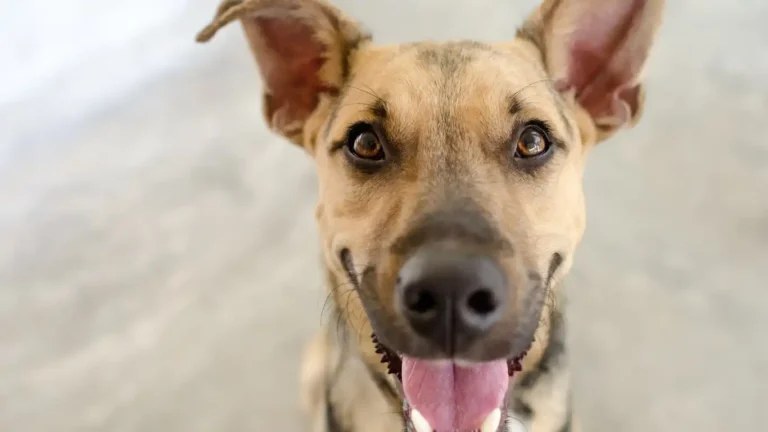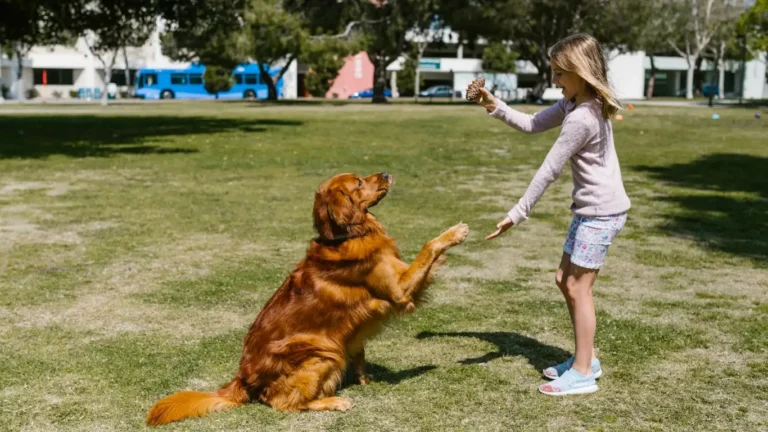How to Train a Dog to Tolerate New Environments Like a Pro
As a Canine-Assisted Therapy Trainer, one of the most rewarding challenges I face is teaching dogs how to tolerate new environments. Whether you’re working with a service dog, therapy dog, or just your own pup, helping them adjust to unfamiliar spaces can make a world of difference in their ability to be calm, focused, and confident. How to train a dog to tolerate new environments is a skill that not only improves a dog’s behavior but also strengthens the bond between you and your canine companion. Over the years, I’ve seen firsthand how the right approach can transform a dog’s experience, making new places less stressful and more enjoyable.
Why Dogs Struggle with New Environments

Before diving into the training process, it’s important to understand why dogs often struggle with new environments in the first place. Dogs are creatures of habit, and they thrive in environments where they feel safe and secure. When faced with unfamiliar surroundings, their natural instincts might kick in, triggering stress responses. Whether it’s the hustle and bustle of a busy street, the smell of a new place, or unfamiliar people and animals, the newness of it all can overwhelm them.
For example, I’ve worked with a therapy dog named Max, who had a hard time adjusting to busy public spaces. At first, he would freeze up or bark nervously at new people. This is a common response, especially in dogs who haven’t been exposed to a variety of settings in a controlled manner. Over time, with consistent training, Max began to feel more comfortable in these situations.
The Role of Socialization in New Environments
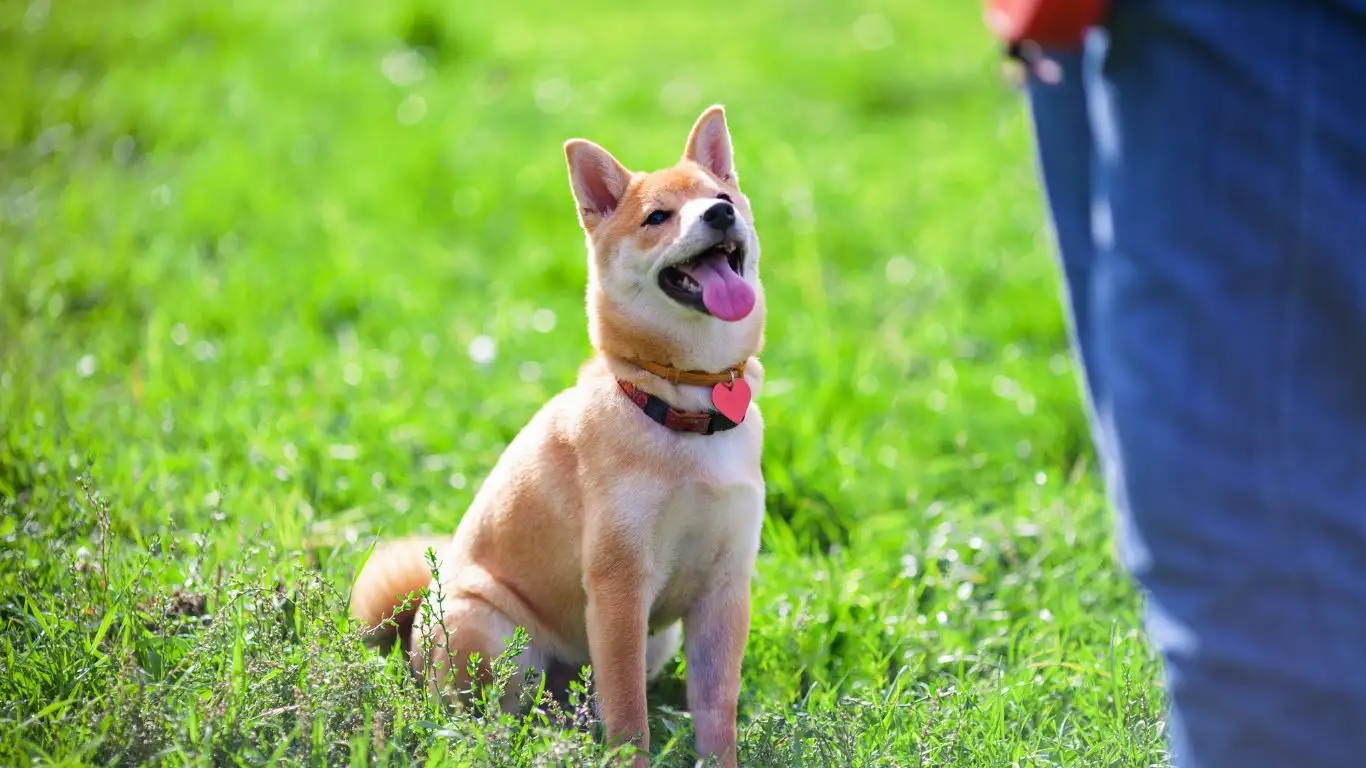
One of the most crucial factors in teaching a dog to tolerate new environments is early socialization. Socialization is the process of exposing your dog to different places, people, and situations in a positive and controlled manner. The more experiences a dog has, the more comfortable they become with change and unfamiliarity. This is especially important for puppies, but even adult dogs can benefit from socialization.
Socialization doesn’t mean throwing your dog into a chaotic situation and hoping for the best. It’s about gradually introducing them to new stimuli in a way that they can process and learn from without becoming overwhelmed. For instance, when working with a dog in a therapy or service context, we take baby steps. Start with quiet, calm environments and gradually increase the level of complexity as the dog’s tolerance and confidence grow.
Understanding Canine Stress Signals
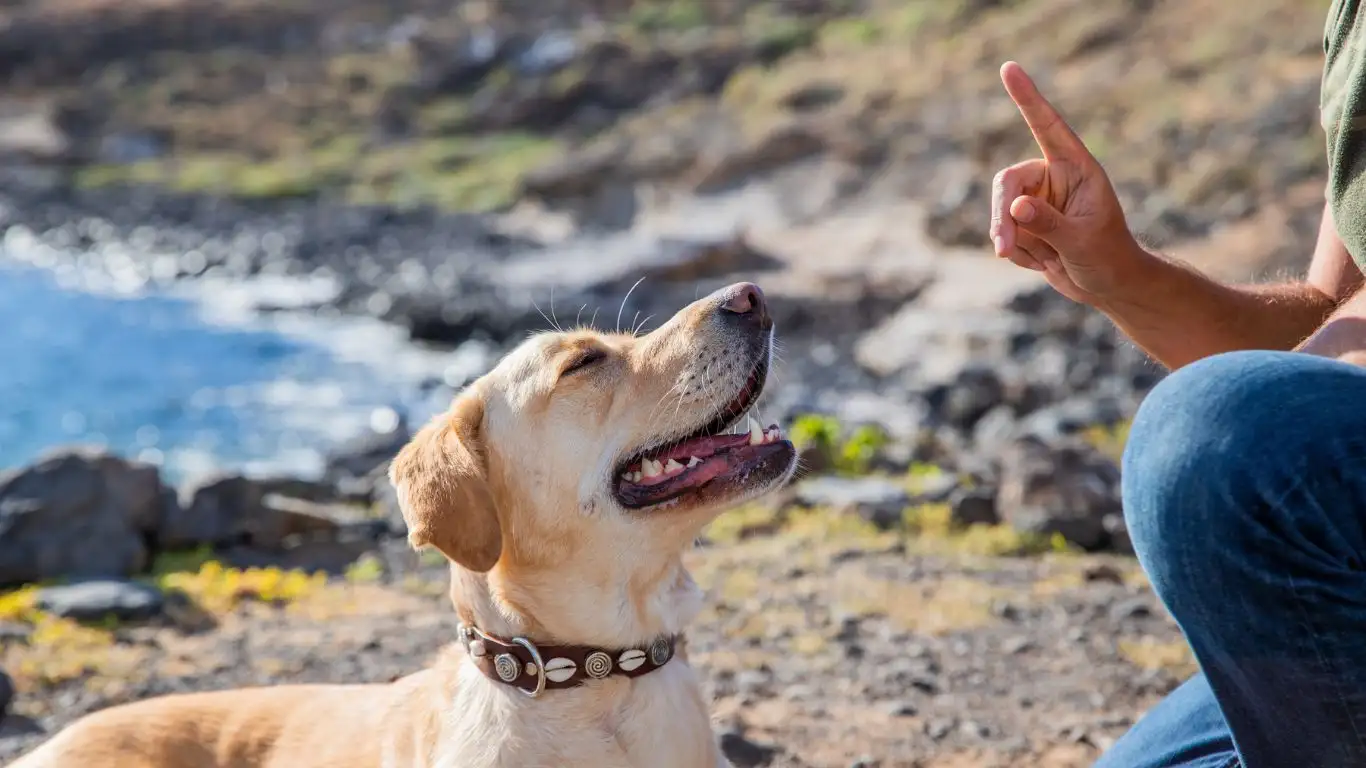
One of the first things I teach owners and handlers is to recognize when a dog is stressed or anxious in a new environment. Just like humans, dogs have unique ways of expressing discomfort or unease. Common signs of stress in dogs include:
- Excessive panting or drooling
- Shaking or trembling
- Whining or barking excessively
- Yawning or lip licking
- Avoidance behaviors (like trying to hide or retreating)
Paying attention to these signals is essential. If your dog shows any of these signs, it’s important not to push them too hard. Instead, take a step back, give them a chance to calm down, and go at their pace. Over time, the more positive experiences they have in new environments, the less likely they are to display these stress signs in the future.
How to Get Started with Training
When it comes to training your dog to tolerate new environments, the process should be gradual and positive. There are several techniques you can use to help your dog build confidence and resilience. Here are some effective steps to get started:
1. Start with Familiar Spaces
If you’re working with a dog that’s nervous in new environments, start by practicing in spaces that are somewhat familiar to them. This could be your backyard, a friend’s house, or even a quiet park. The goal is to start with environments that are not too overwhelming while still offering some level of novelty.
For example, if you have a dog that’s uncomfortable with car rides, you might start by just sitting in the car with the dog for a few minutes without going anywhere. Gradually, you can start driving short distances to places that aren’t too stimulating. This way, your dog gets used to being in the car, and the experience becomes less stressful over time.
2. Positive Reinforcement is Key
Positive reinforcement is one of the most powerful tools in dog training. When your dog shows signs of calmness and tolerance in a new environment, reward them with treats, praise, or their favorite toy. This helps them associate new experiences with positive outcomes, which in turn encourages them to repeat the behavior.
When Max was learning to tolerate public spaces, we would always reward him with treats and praise every time he remained calm, even in a bustling environment. It’s important to reinforce the behaviors you want to see more of and avoid rewarding fearful or anxious behaviors.
3. Gradual Exposure
One of the most effective ways to help a dog tolerate new environments is through gradual exposure. This technique involves slowly introducing your dog to new places, people, or situations, starting with the least stressful and working up to more challenging environments.
For example, if you’re trying to get your dog used to a crowded park, start by taking them to a quiet part of the park first. Let them explore at their own pace, rewarding them for calm behavior. Over time, you can increase the level of difficulty by moving to busier areas, always ensuring that the experience stays positive.
4. Patience is Crucial
Training a dog to tolerate new environments takes time and patience. Every dog is different, and some dogs may take longer than others to adjust. It’s important to go at your dog’s pace and avoid rushing the process. Keep training sessions short and positive, and remember to celebrate the small victories along the way!
In my experience, dogs like Max, who initially struggled in new environments, eventually became confident and calm with consistent training and lots of positive reinforcement. The key is to stay patient and allow them to build confidence in their own time.
Building Confidence in New Environments
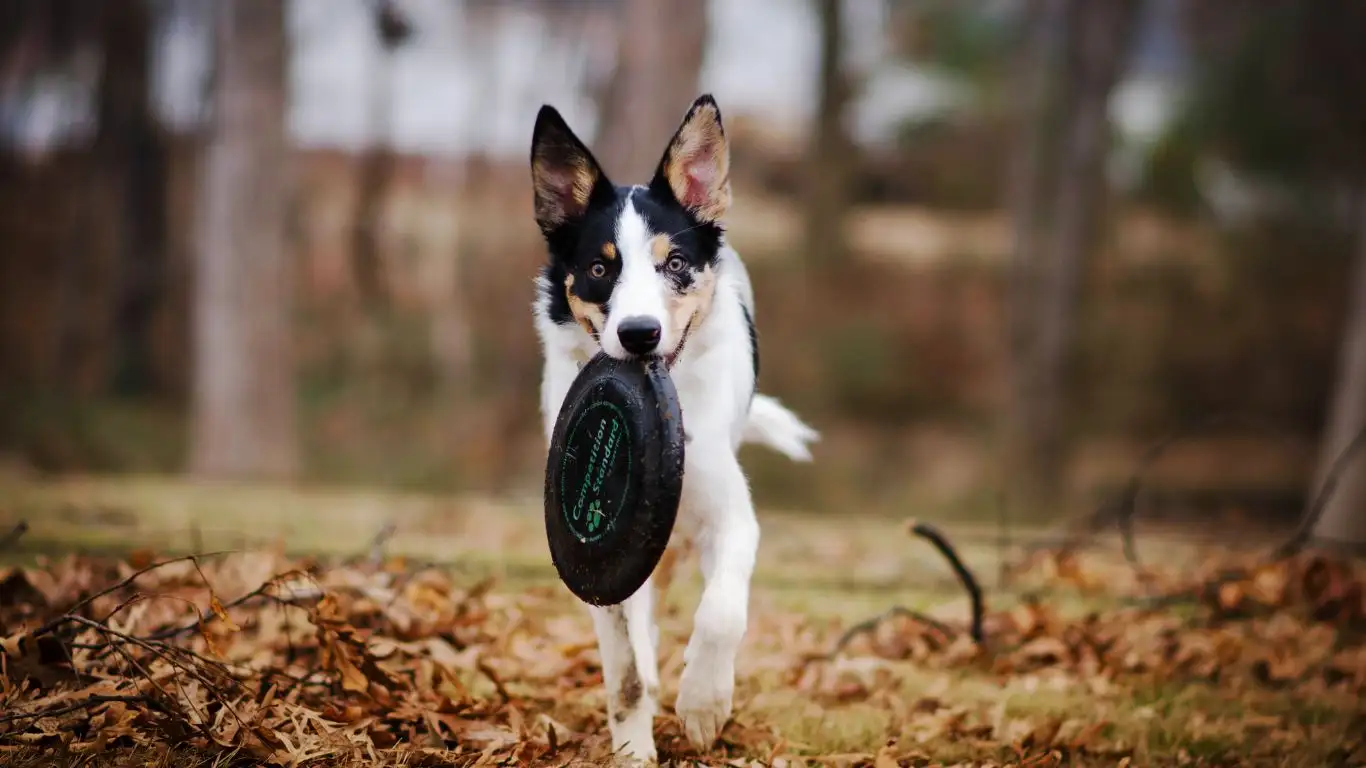
As I mentioned in Part 1, the key to helping your dog tolerate new environments is building their confidence. The more confident your dog feels, the less stressed they will be in unfamiliar spaces. But how exactly do you go about building that confidence?
First, it’s essential to understand that confidence is something that grows over time through repeated positive experiences. Just like a human might feel nervous when visiting a new place, a dog needs time to adjust and learn that the new environment is safe. And just like with people, some dogs take a little longer to warm up to new situations than others. That’s okay—patience and consistency are your best tools here!
Using Desensitization Techniques
Desensitization is a technique that involves gradually exposing your dog to a particular stimulus—like a new environment—while making sure the experience isn’t overwhelming. Over time, your dog becomes less sensitive to the thing that used to cause them stress. For example, if your dog gets nervous in crowded spaces, start by taking them to places with fewer people, and gradually increase the number of people and distractions as they adjust.
During my training sessions, I use desensitization with every dog I work with. I remember working with a dog named Daisy, who had a strong fear of loud noises, especially in busy city environments. To help her, I started by exposing her to the sounds of a city from a distance, with a reward each time she remained calm. We gradually increased the intensity, moving closer to busy areas as her confidence grew. Over time, Daisy became much more comfortable with the sounds and sights of the city, all because we took it slow and kept it positive.
Leash Training: Keeping Your Dog in Control
Leash training is one of the most useful tools in your toolbox when training your dog to tolerate new environments. Having a leash on your dog allows you to guide them, providing a sense of control for both you and your dog, especially in potentially overwhelming situations. But it’s not just about controlling their movement—it’s also about creating a sense of security for your dog.
When working with a dog like Charlie, who struggled with sudden noises and fast movements in new places, I found that keeping him on a leash allowed me to provide reassurance when he got scared. Instead of him darting away or running to hide, I could calmly redirect him, giving him the confidence that I had things under control. Remember, the leash isn’t about forcing your dog to go where they don’t want to—it’s about helping them feel more secure in new spaces.
Creating Safe Spaces in Unfamiliar Environments
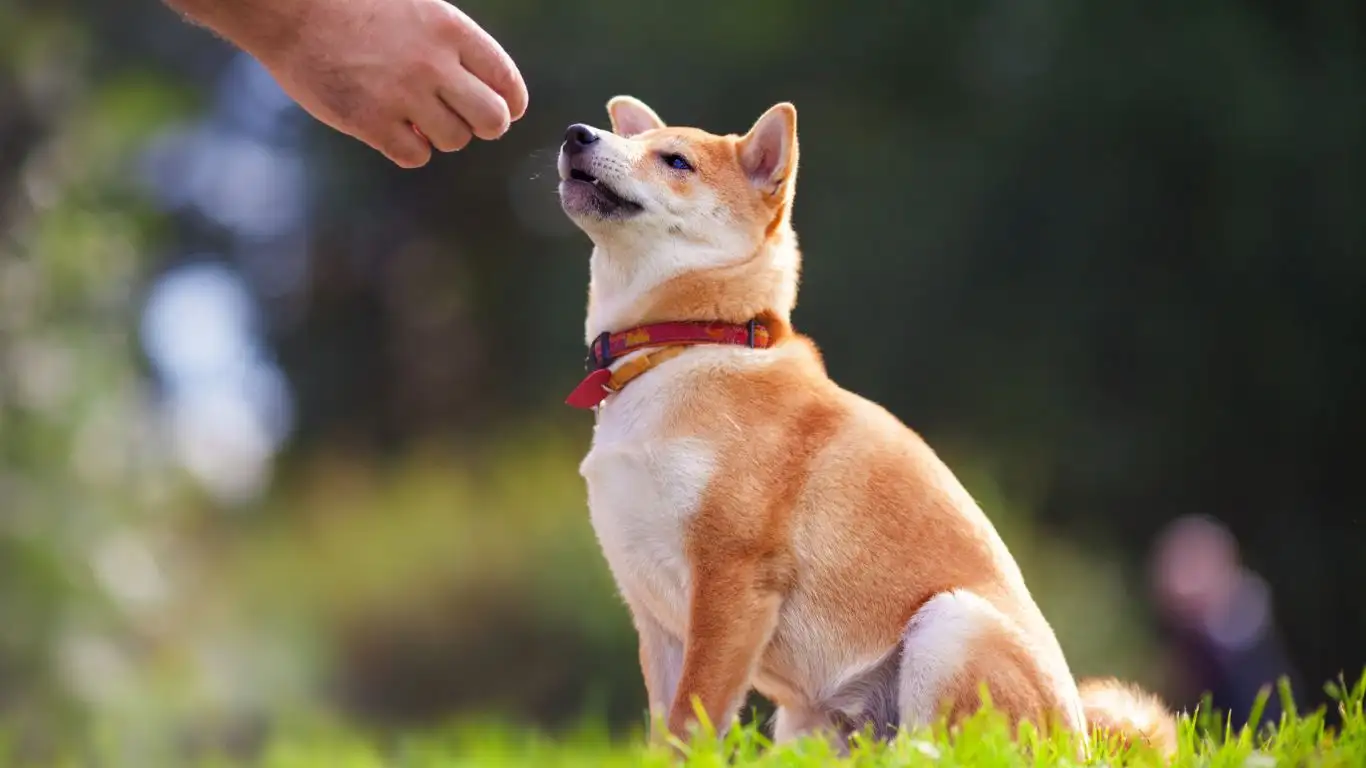
Another trick I’ve found incredibly effective when training dogs to tolerate new environments is to create a safe zone wherever you go. Dogs feel more secure when they have a place where they can retreat and relax, especially when they’re in an unfamiliar space. This could be a cozy bed or blanket that smells like home, or even a crate if your dog is crate trained. The idea is to give your dog a mental anchor, a space where they can retreat to if they feel overwhelmed.
When training therapy dogs, I always bring along something familiar that the dog can settle into. For instance, I worked with a service dog named Bella who was initially nervous around crowds. During training sessions, I would bring her favorite blanket with me. Whenever she started to get anxious in a new space, she knew she could go to that blanket and calm down. The presence of something familiar can do wonders for your dog’s sense of security.
Distraction and Redirection Techniques
Distraction and redirection are highly effective methods for helping your dog stay focused and calm in new environments. Dogs, especially those prone to anxiety, can quickly become fixated on something that’s making them uneasy—like a loud noise or a large crowd. Distraction can help take their focus off the stressful trigger, allowing them to relax and adapt to their surroundings.
Distraction Through Toys and Treats

One of the easiest ways to distract a dog from a new environment is by using their favorite toys or treats. By introducing something that excites and engages them, you help shift their focus from the overwhelming elements of their surroundings to something positive. I’ve found that using high-value treats or a favorite squeaky toy during training sessions is a game-changer when working with dogs that are nervous or distracted in new spaces.
For example, when I worked with a dog named Duke, who was nervous about passing cars, I used his favorite chew toy to help distract him. We’d practice walking near the road, but instead of focusing on the traffic, I’d keep him engaged with his toy. This not only distracted him but also helped him associate the environment with something positive—his toy and the fun of playtime. Over time, he became less reactive to the cars, and now he’s able to walk past busy roads without so much as a glance at the vehicles!
Redirection: Redirecting Negative Behavior
Sometimes, your dog’s reaction to a new environment might not just be fear but frustration or overstimulation. In these cases, redirection is a valuable tool. Redirection is when you change your dog’s focus from a negative or unwanted behavior to a positive one. This can be as simple as calling their name, offering a treat, or asking them to perform a command like “sit” or “look.” The goal is to get your dog’s attention and give them something else to focus on.
For example, if your dog starts barking at new people or gets fixated on another dog, you can redirect their focus by asking them to sit or watch you. I’ve worked with dogs like Oscar, who would bark and lunge at other dogs during walks. By redirecting his attention to me and rewarding him when he focused on me instead of the other dog, he gradually learned to remain calm in these situations. The key is consistency and rewarding the calm, desirable behavior.
Maintaining Progress and Handling Setbacks

As you continue to train your dog to tolerate new environments, it’s important to remember that progress isn’t always linear. Some days will feel like you’re making huge strides, and other days may seem like you’ve hit a wall. That’s perfectly normal! Just like humans, dogs can have off days, and it’s important not to get discouraged if things don’t go as planned.
During my time working with various therapy dogs, I’ve witnessed many moments where a dog seemed to take two steps forward, only to take one step back. For example, a dog named Buddy, who had been making fantastic progress with crowds, suddenly became fearful again after a particularly overwhelming visit to a busy shopping mall. At first, I was concerned. But after reflecting on the situation, I realized that Buddy had simply been overstimulated. We took a step back, revisited quieter environments, and worked our way back up to the busy mall, this time with a bit more patience and a focus on gradual desensitization.
Setbacks are a natural part of the training process, and they often signal that your dog is being pushed to their limit. When you experience setbacks, it’s important to adjust your approach—don’t be afraid to go slower and break things down into smaller steps. Your dog isn’t failing—they’re just learning at their own pace, and that’s okay!
Consistency is Key
One thing I’ve learned over the years is that consistency is one of the most important factors in any dog’s training, especially when it comes to tolerating new environments. Dogs thrive on routine, and they need to feel like the training process is predictable and safe. This means you’ll want to practice regularly and reinforce the behaviors you want to see.
For example, when working with a service dog named Luna, I noticed she was doing well in familiar public places but still struggled in completely new environments. We made sure to set up weekly sessions that gradually introduced her to new locations, and by staying consistent with the process, she learned that she could handle new places with a calm and focused demeanor.
Another tip: make sure everyone in your dog’s household or training group is on the same page. Mixed signals—like different approaches to commands or inconsistent reinforcement—can confuse your dog and slow down the training process. So, if you’re training your dog with a partner or family members, make sure everyone is using the same methods and language to reinforce behaviors.
Building Long-Term Confidence Through Continued Exposure
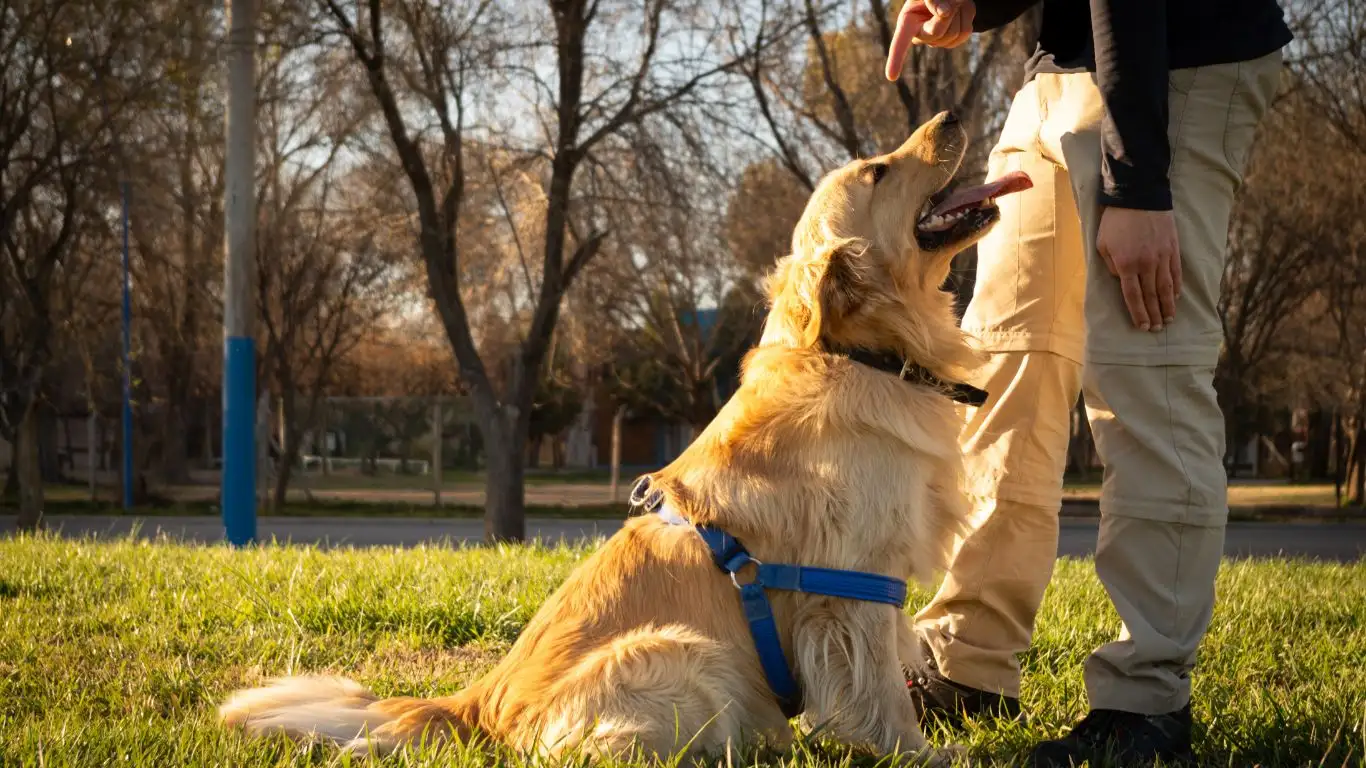
Once your dog has made significant progress in tolerating new environments, you might think the training is over. But in reality, it’s an ongoing process. Continued exposure to different environments and situations helps maintain the confidence your dog has gained. The more your dog is exposed to different places, the more adaptable they will become in the long run.
When I work with dogs in therapy settings, I always encourage handlers to continue socializing their dogs even after they’ve made substantial progress. For instance, I had a therapy dog named Sadie who was initially terrified of large groups of people. After months of training, she became quite comfortable in a variety of settings, but I didn’t stop the training there. We continued to expose her to new environments—different types of crowds, varied locations, and even more distractions. This helped keep her skills sharp and ensured that she remained confident, no matter where she went.
It’s also a good idea to revisit old environments every now and then. Returning to a familiar place that your dog has successfully navigated in the past can help reinforce their progress and keep their confidence up. Plus, it provides a great opportunity to practice new behaviors in a familiar environment before moving on to something more challenging.
How to Handle Extreme Anxiety or Phobias
While most dogs can be taught to tolerate new environments with patience and the right training techniques, some dogs may struggle with more extreme anxiety or phobias. If your dog is dealing with severe anxiety, it’s important to approach the situation with extra care.
Seeking Professional Help
If you find that your dog’s anxiety is severe and persistent—whether it’s related to new environments, people, or specific noises—it may be time to seek the help of a professional. A qualified dog trainer or a veterinary behaviorist can help you assess the situation and come up with a specialized training plan to address the issue. In some cases, professional help may be needed to help your dog overcome deep-seated fears that go beyond basic training techniques.
I’ve worked with many dogs that had significant anxiety issues, and I’ve seen firsthand how a customized approach can make a world of difference. Sometimes, the anxiety may be caused by a past trauma, and it’s important to be compassionate and patient as you work through it. If necessary, consult your vet to see if medication might help in extreme cases, especially if your dog is unable to function in their daily life due to anxiety.
Final Thoughts on Training Your Dog to Tolerate New Environments
Training your dog to tolerate new environments isn’t an overnight process, but with patience, consistency, and positive reinforcement, you’ll be amazed at what your dog can achieve. By focusing on gradual exposure, desensitization, and building your dog’s confidence in a variety of situations, you’ll create a more adaptable, calm, and well-adjusted dog who can confidently navigate new spaces.
Whether you’re working with a therapy dog, a service dog, or your personal pet, the principles outlined in this article can help you and your dog build a strong foundation for success. Just remember, every dog is unique, and the pace of progress will vary. Stay patient, stay positive, and most importantly, enjoy the journey together!
For additional resources on dog training and behavior, feel free to check out trusted sites like the American Kennel Club and other reputable sources.
Disclaimer: The information in this article is based on my personal experiences as a Canine-Assisted Therapy Trainer. Always consult a professional if your dog shows signs of severe anxiety or behavioral issues that cannot be resolved with basic training methods.




